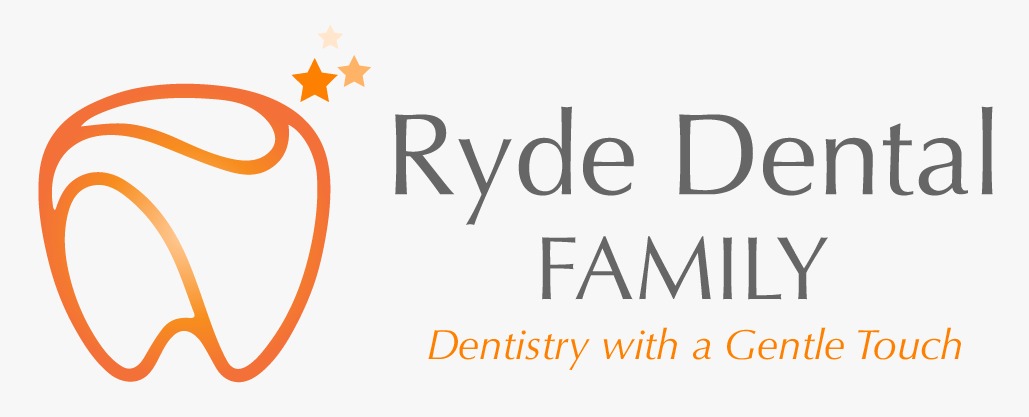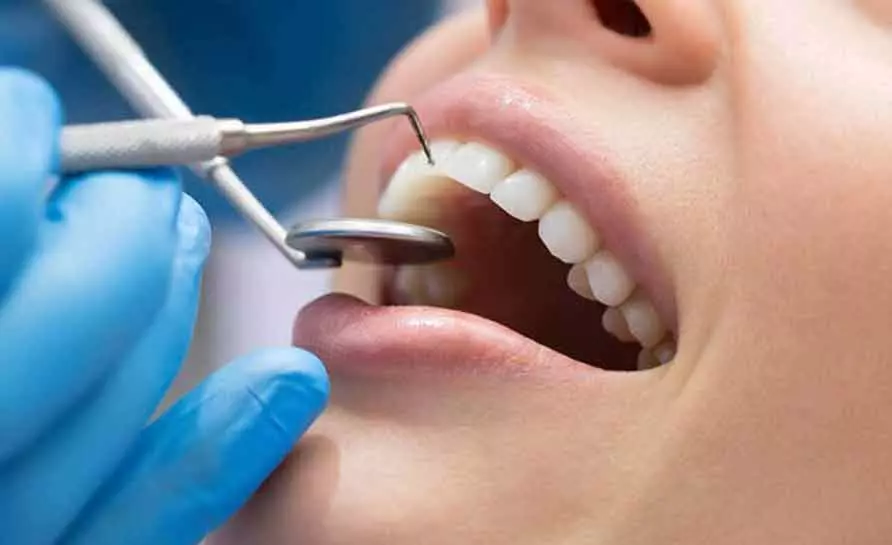Interested in learning more about a standard dental cleaning and filling?
Taking care of our oral health is a crucial aspect of maintaining overall well-being. Regular dental check-ups, cleanings, and necessary treatments play a pivotal role in ensuring a healthy and radiant smile..
The Importance of Dental Cleanings :
Dental cleanings, also known as prophylaxis, are routine procedures performed by dental hygienists to remove plaque and tartar buildup on the teeth. While daily brushing and flossing are essential components of oral care, professional cleanings are necessary to address areas that may be challenging to reach with regular at-home hygiene practices.
The Process:
Examination : Before the cleaning begins, the dental hygienist will conduct a thorough examination of your teeth and gums. This allows them to identify any potential issues and determine the appropriate course of action.
Scaling : Using specialised tools, the hygienist will scale away plaque and tartar from the surfaces of your teeth, especially in hard-to-reach areas. This process helps prevent gum disease and cavities.
Polishing : After scaling, your teeth will be polished to remove surface stains and create a smooth, clean finish. This step also makes it more challenging for plaque to accumulate on the teeth.
Fluoride Treatment : In some cases, a fluoride treatment may be applied to strengthen your teeth and protect against cavities. This is particularly common for individuals at a higher risk of tooth decay.
The Benefits:
Prevention of Gum Disease: Regular cleanings help prevent the development of gum disease by removing bacteria and plaque that can lead to inflammation and infection.
Cavity Prevention: Removing plaque and tartar through cleanings reduces the risk of cavities, maintaining the integrity of your teeth.
Fresh Breath: Professional cleanings leave your mouth feeling fresh and clean, helping to combat bad breath.
Understanding Dental Fillings:
When a tooth has been affected by decay or cavities, dental fillings come into play to restore its structure and function. Fillings are materials used to fill the space left by the removal of decayed tooth material, preventing further damage.
The Process:
Diagnosis : Through visual examination and sometimes X-rays, the dentist will identify the location and extent of the decay.
Anaesthesia : Before the filling procedure, the dentist will administer local anaesthesia to ensure a pain-free experience.
Removal of Decay: : The decayed portion of the tooth is removed using a dental drill or laser, leaving a clean space for the filling.
Filling Placement : The chosen filling material, such as composite resin, amalgam, or porcelain, is placed into the prepared cavity and shaped to match the natural contours of the tooth.
Curing and Polishing : For materials like composite resin, a curing light is used to harden the filling. The dentist will then polish the filling to ensure a smooth and natural appearance.
The Benefits :
Restoration of Tooth Structure: Fillings restore the integrity and functionality of a decayed tooth, preventing further damage.
Aesthetic Improvement: Modern filling materials can be matched to the color of your natural teeth, providing a seamless and aesthetically pleasing result.
Prevention of Further Decay: By removing the decayed portion and filling the cavity, dental fillings halt the progression of tooth decay.
Conclusion:
Regular dental cleanings and timely fillings are essential components of maintaining optimal oral health. By understanding the processes involved in these procedures and the benefits they offer, individuals can make informed decisions to preserve their smiles for years to come. Remember, a healthy smile is a key to overall well-being!

